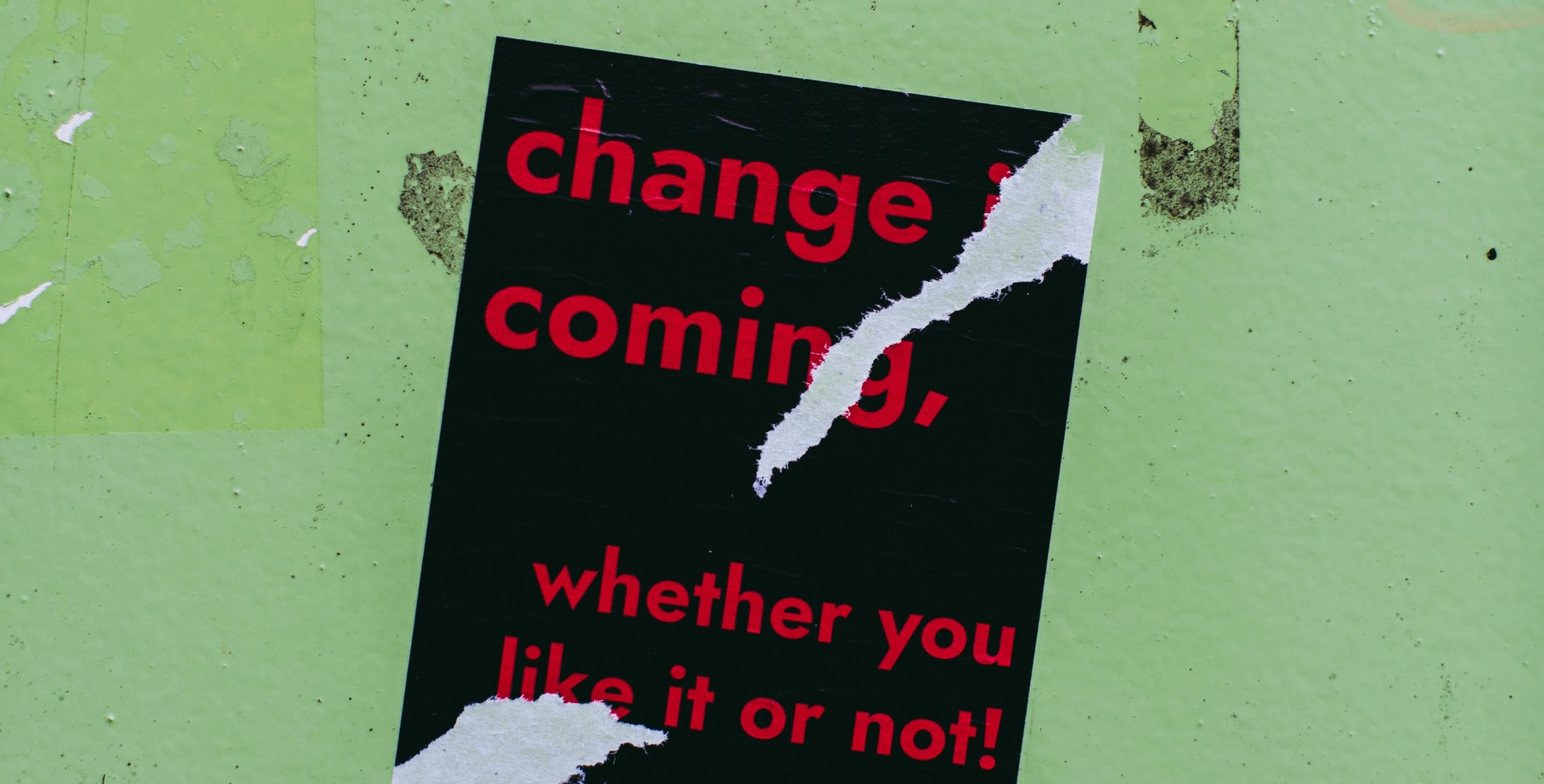How to bring back your audiences
TLDR
All sorts of events return on stage but the demand for them changed dramatically. Learn why the global pandemic was only a catalysator for this development and how promoters can reverse it to bring back their audiences.
Situation
All over the world, live events return on stage and sports clubs resume their play. But something is missing: the audiences. Industry insights show various reasons for that but only one solution seems to tackle the problem in its origin. At this point, no one will be surprised that it has to do with big data.
People have long been waiting to once again enjoy their favorite band, soloist, actor, dancer, player, or sports club that they had been missing for so long. But after some time back in “new normality”, significant changes in demand for live-entertainment and sports become apparent. Many organizations do not see the attendance rates they were hoping for and expecting too.
In general, the lower and upper spectrum of events are excluded from this development. Flagship events and evergreens still sell very well, and some shows don’t seem to attract audiences at all. The real change lies in all the stuff in between, the daily business of promoters. Demand for those events dramatically decreased. It remains a question what the reasons for that might be.

Challenge
Many promoters have confirmed that people’s hesitation to attend events mainly stems from the following reasons: health concerns, mask rejection, changed habits and increased competition. The first two reasons are out of scope for event promoters. Once the right safety measures are in place and communicated properly there is nothing left that could be done.
The two issues that event promoters have the ability of addressing are the change of habits in event going consumers as well as the increased competition. These themes were not constructed by the pandemic but only further enhanced. People got accustomed to staying at home and watching their favorite show, concert, or game from the couch. The desire to attend social and cultural events along with the pressure to socialize was completely mitigated because it was forbidden. Now that people regain their freedom, they want to compensate and catch up on all the stuff they were missing out on. For instance, this includes traveling, sports, or meeting family and friends, dining-out casually and live events. All these activities are now competing against each other, as the urge to do everything at once is experienced.
With that in mind, interesting parallels can be drawn to the paradox of choice. Drawing from the popular study of consumers purchase behaviors, it hypothesized and proved that showcasing a larger variety of jams encouraged customers to try them but dissuaded them to purchase. This hypothesis can be applied to live events too. The pure variety of happenings can feel overwhelming, and people hesitate to buy tickets because they are afraid of making a decision that they regret. To mitigate these negative feelings for potential customers, event organizers need to artificially reduce the supply to facilitate the decision for customers and promote specific events that hit the interests of them.

Solution
Reactivating audiences really is as simple as it sounds: Promoters must go back to the roots of live events in general and revive the emotions that only a live event can bring. It is this unforgettable experience that connects live events of all sorts – the power in the crowd dancing to your favorite music group, the amazement only a special actor can create, or the unbridled joy seeing your team score in the last second. Reminding audiences of that will truly ignite the fire again.
What enables organizations to do this is an intimate understanding of their customers. It is essential to know what an audience is not only interested in but passionate about. This can range from a certain composer or dancer to a specific style or era, to the favorite venue or instrument, or even include a special atmosphere of the event. These are the reasons why an event means something to a person and attending this specific event may feel like the best thing to do.
People who share one of these common niche interests can be summarized as a “Taste Cluster”. A Taste Cluster can become very specific. It may target a group of people which is only interested in French female artists with no top hits yet and likes Indie pop with a high danceability, and so on. To get such detailed insights, it is necessary to evaluate events very comprehensively. This can easily include more than 1000 features. By comparing this information to the attendance behavior of customers, a detailed understanding about real interests can be generated.
Once the interests and motifs of audiences are identified, the doors to more efficient and stream-lined marketing are wide open. With the Taste Cluster approach, it becomes amazingly easy to target the right people with the message that really matters to them. Whether it be a personal communication in mail and social media or personal recommendations on a website and in newsletters. The only important thing is to start somewhere. Otherwise, live-events will fade away in all the other offerings people get on an everyday base.

Learn more and get in contact.




.png)